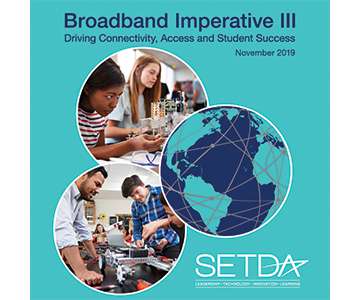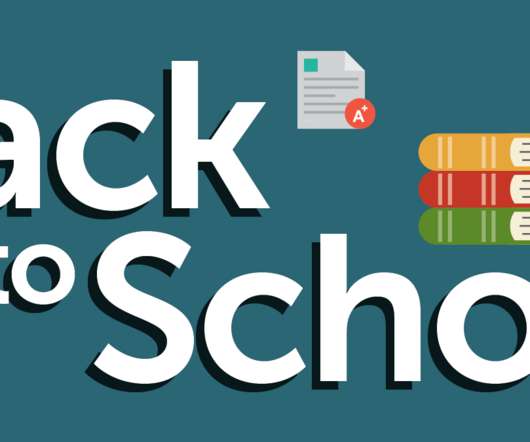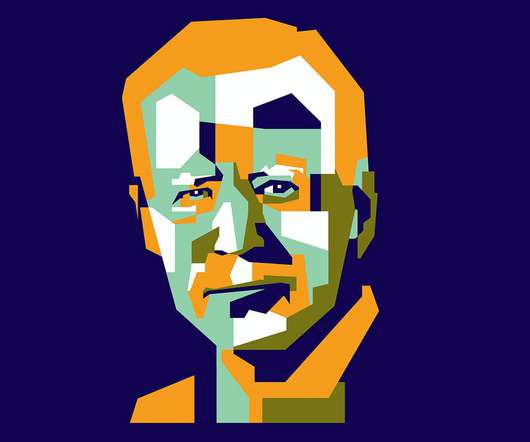Simple Assessment Highlights the Importance of BEAD Challenge Process to Affordable MDUs
Education Superhighway
SEPTEMBER 15, 2023
EducationSuperHighway conducted a desktop assessment in Colorado that highlighted the importance of states following NTIA’s guidance to go beyond the FCC National Broadband Map to determine the connectivity status of MDUs that could benefit from Broadband Equity, Access, and Deployment (BEAD) funding.








































Let's personalize your content